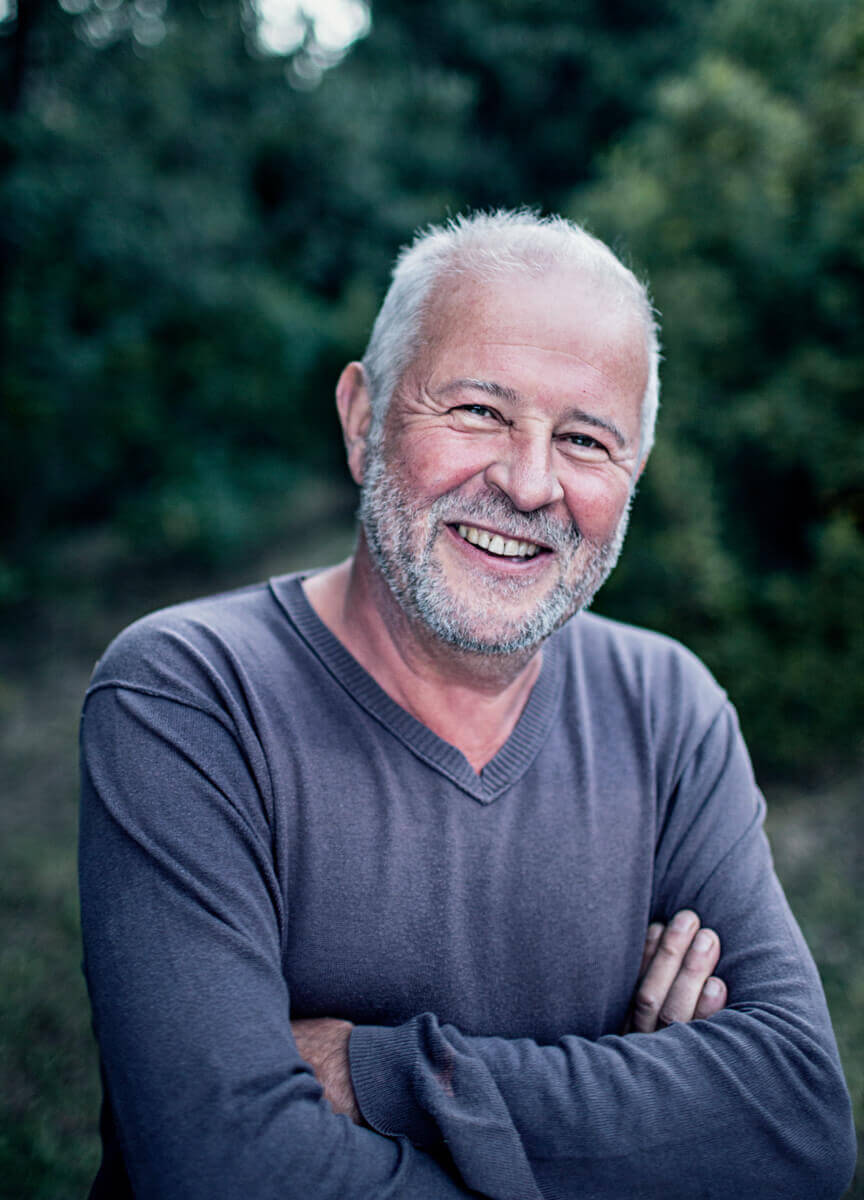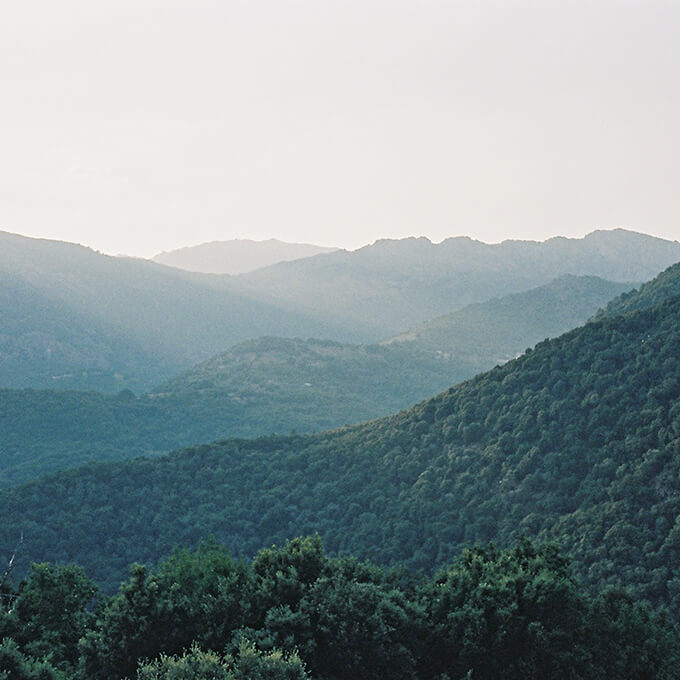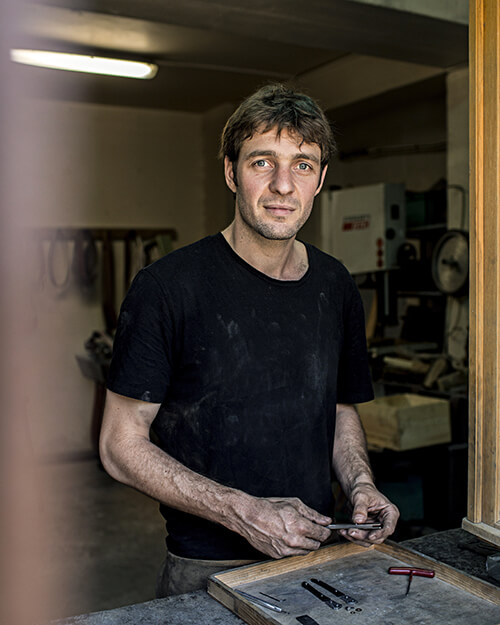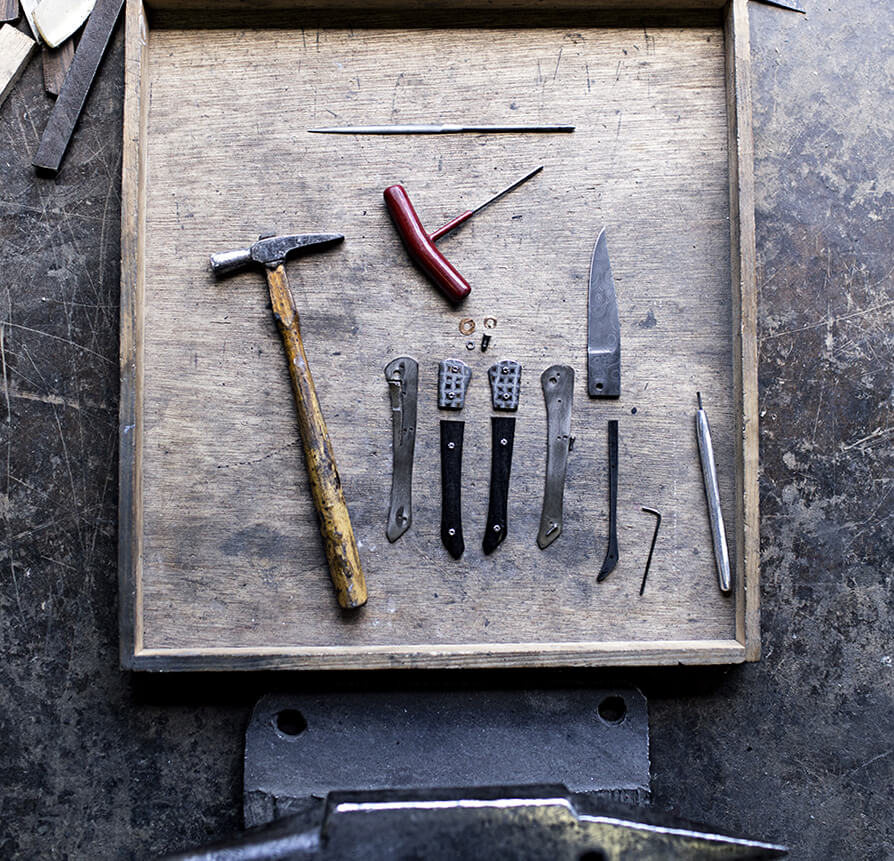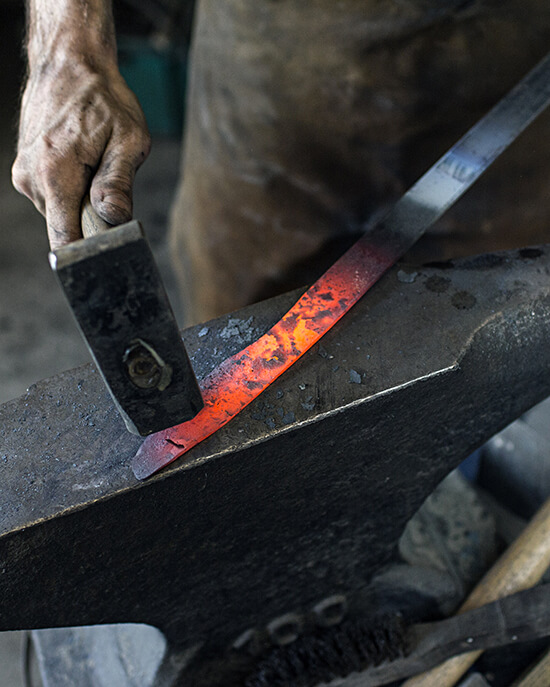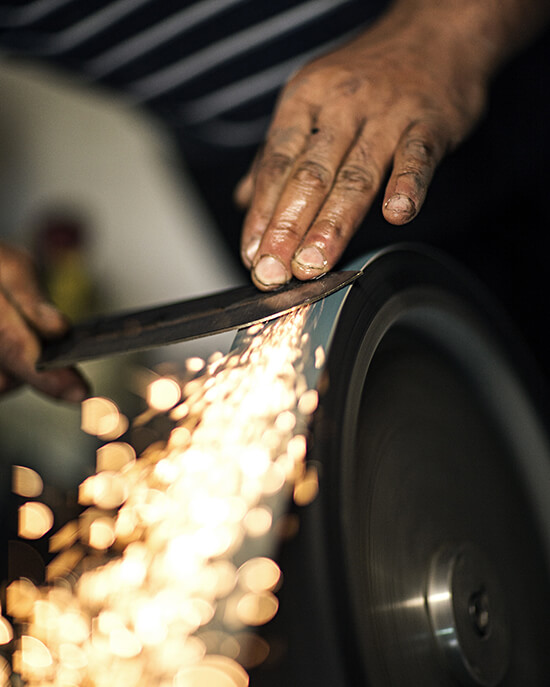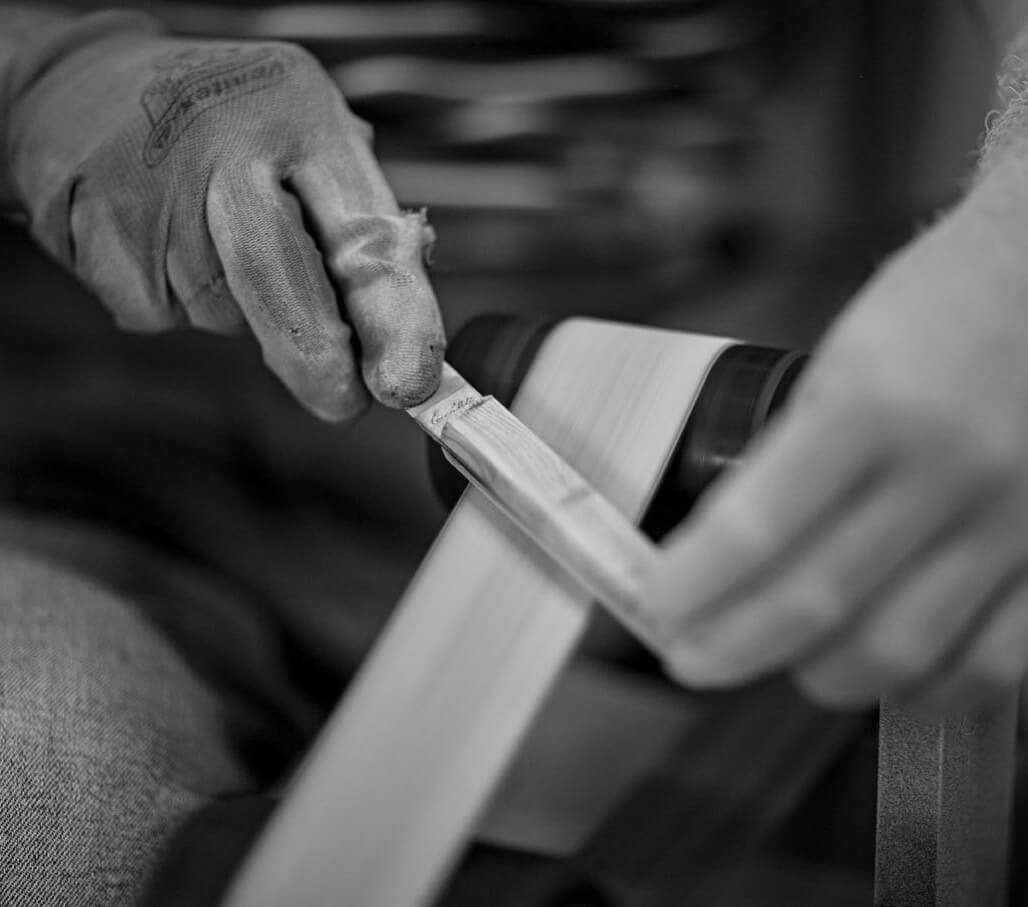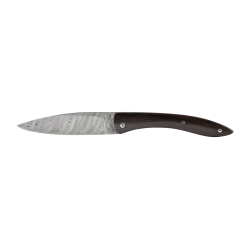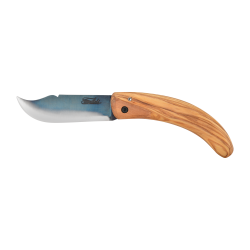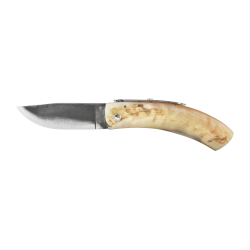
Sylvestre and Simon, the Ceccaldi sons, continue the tradition and bring their own perspective to a contemporary knife-making that respects its heritage and origins. This new, innovative and creative generation allows the company to maintain a sense of modernity that is essential to its evolution. Since the first creations in 1978, the Ceccaldi’s idea of the knife has remained the same: a daily object that is both useful and aesthetically pleasing, an object that enhances day-to-day life. The refined lines and the nobility of the materials give character and authenticity to these knives.
